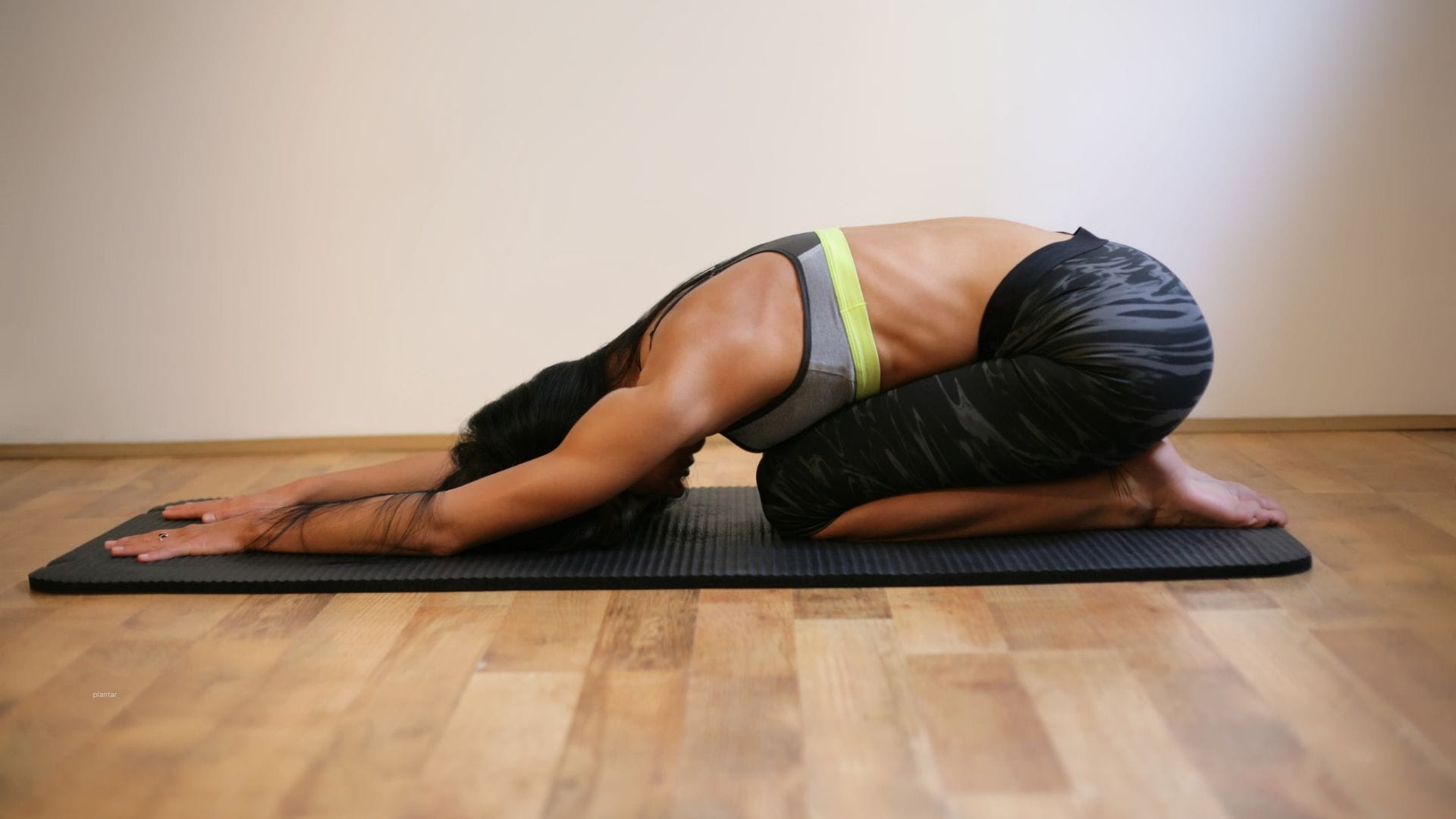Good posture and spinal health are the foundation of a well-functioning body.
Yet, modern lifestyles, dominated by long hours at desks, screen time, and reduced physical activity, can lead to poor posture, spinal discomfort, and even chronic pain. Exercise-based therapy offers a holistic and effective solution to these problems, helping individuals restore balance, improve posture, and alleviate spinal issues.
We’ll be exploring how exercise-based therapy benefits postural and spinal health and why it’s an essential component of rehabilitative care. We’ll also dive deeper into additional benefits and provide practical examples of exercises.
Understanding the Role of Posture and Spinal Health
Your spine is central to your body’s movement, stability, and support. It’s designed to protect the spinal cord while enabling flexibility and strength. However, poor posture, such as slouching, forward head posture, or a misaligned pelvis, can place undue stress on the spine, leading to:
- Muscle imbalances
- Spinal misalignments
- Chronic pain, including back, neck, and shoulder discomfort
- Reduced flexibility and mobility
- Poor breathing mechanics
Proper posture ensures optimal alignment, reduces strain on muscles and joints, promotes efficient movement, and can even improve lung capacity by allowing for proper chest expansion.
What is Exercise-Based Therapy?
Exercise-based therapy is a personalized approach to physiotherapy or chiropractic care that uses targeted exercises to strengthen muscles, improve flexibility, and enhance motor control. Unlike general fitness routines, it focuses on addressing the root causes of posture and spinal issues rather than just managing symptoms. This tailored approach ensures that the exercises are safe, effective, and aligned with individual needs.
Key Benefits of Exercise-Based Therapy
- Improved Core Strength and Stability: The core muscles play a pivotal role in supporting the spine and maintaining posture. Weak core muscles can lead to instability and strain on the spine. Exercise-based therapy incorporates movements like planks, bridges, and Pilates-inspired exercises to strengthen the core and provide better support for the back. A strong core acts like a natural brace for the spine, protecting it during daily activities.
- Enhanced Flexibility and Mobility: Tight muscles, particularly in the hips, chest, and hamstrings, can pull the spine out of alignment. Stretching exercises and mobility drills reduce stiffness, improve flexibility, and promote healthy spinal alignment. Incorporating yoga-inspired stretches, such as cat-cow stretches or downward dog, can further enhance spinal flexibility.
- Correction of Muscle Imbalances Imbalanced muscle groups (such as an overactive chest and a weak upper back) are common culprits of poor posture. Therapeutic exercises focus on reactivating underused muscles and reducing tension in overactive ones, restoring balance and alignment. For example, strengthening the rhomboids and lower traps can help counteract the effects of rounded shoulders.
- Reduction in Pain and Discomfort: Posture-related issues, such as forward head posture or rounded shoulders, place stress on the spine and surrounding muscles. Exercise-based therapy targets the underlying causes of pain, reducing inflammation and promoting better circulation. This can lead to significant relief for individuals suffering from chronic neck and back pain.
- Long-Term Postural Awareness Exercise-based therapy doesn’t just address physical problems, it also educates individuals about posture and movement patterns. This awareness helps patients make healthier choices in their daily activities, preventing future issues. Techniques such as body scanning or mindfulness can complement physical exercises by encouraging individuals to stay mindful of their posture throughout the day.
- Tailored Programs for Individual Needs: One of the standout benefits of exercise-based therapy is its adaptability. I work closely with patients to create personalized programs based on their unique lifestyle and rehab goals. Whether you’re recovering from an injury, managing chronic pain, or looking to improve your posture, I’m here to guide and assist you throughout your experience.
Practical Examples of Exercises
Below are some examples of exercises commonly used in exercise-based therapy to support postural and spinal health:
- Wall Angels
- Stand with your back against a wall and your feet slightly away from it.
- Flatten your lower back against the wall by engaging your core.
- Raise your arms to form a “goalpost” position and slowly slide them up and down the wall.
- This exercise strengthens the upper back and improves shoulder mobility.
- Bird-Dog
- Begin on all fours, keeping your spine neutral.
- Extend one arm and the opposite leg simultaneously, maintaining balance.
- Return to the starting position and switch sides.
- This exercise improves core stability and coordination.
- Thoracic Extensions
- Sit on a chair with your hands behind your head.
- Gently arch your upper back over the chair’s edge while keeping your lower back stable.
- Return to neutral and repeat.
- This stretch improves mid-back mobility and counteracts slouching.
- Seated Rows with Resistance Bands
- Sit on the floor with your legs extended and loop a resistance band around your feet.
- Hold the band and pull it toward your torso, squeezing your shoulder blades together.
- Slowly return to the starting position.
- This strengthens the upper back and promotes better posture.
Additional Benefits of Exercise-Based Therapy
- Improved Breathing Patterns: Poor posture can compress the diaphragm, leading to shallow breathing. Exercise-based therapy improves postural alignment, enabling proper diaphragm function and enhancing breathing efficiency.
- Enhanced Athletic Performance: Athletes often benefit from improved posture and spinal health, which translate to better performance and reduced injury risk. Strengthening postural muscles can enhance balance, coordination, and power.
- Stress Reduction: Exercise has been shown to reduce stress by releasing endorphins. Improved posture can also foster a sense of confidence and well-being, further enhancing mental health.
When to Seek Professional Help
While exercise-based therapy is highly effective, it’s important to consult a physiotherapist, chiropractor, or athletic therapist for persistent or severe symptoms. Professional guidance ensures that exercises are performed correctly and safely, maximizing benefits while minimizing risks.
About the Author:

Navneet Dhaliwal
Doctor of Chiropractic

